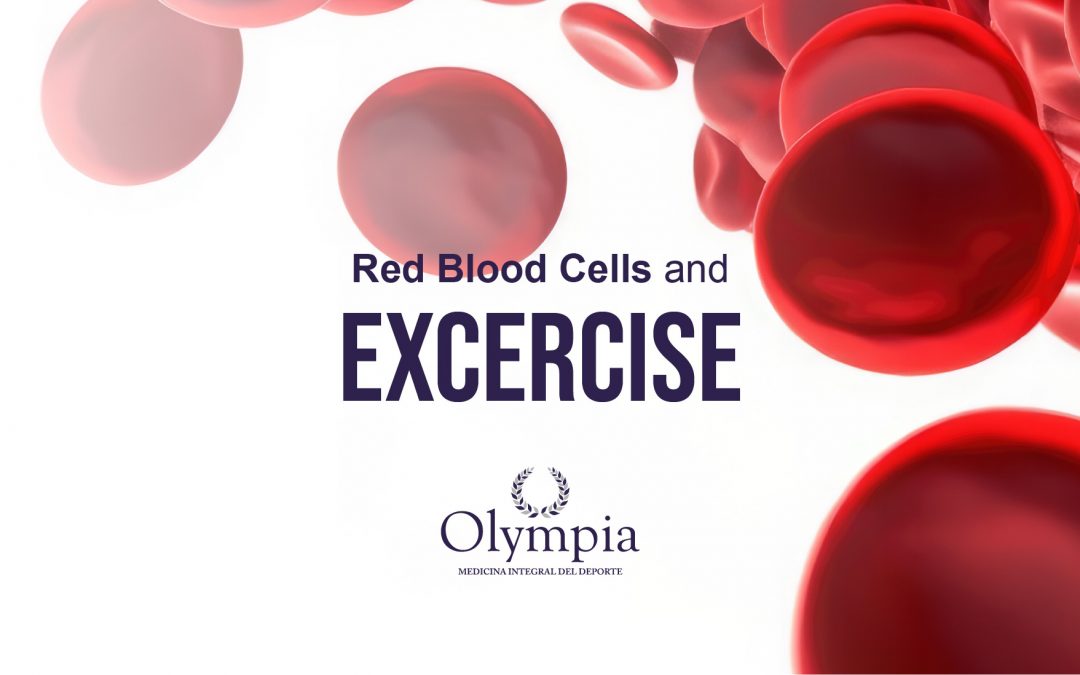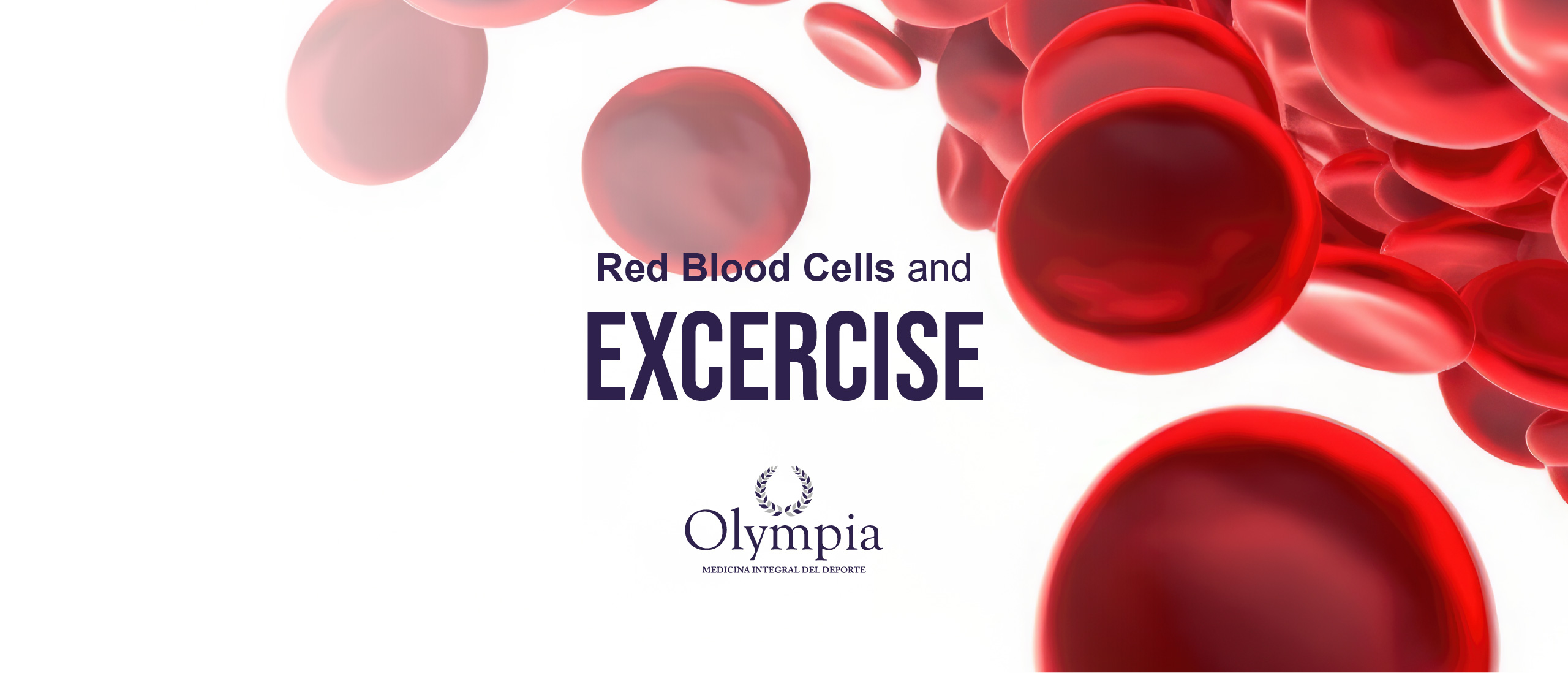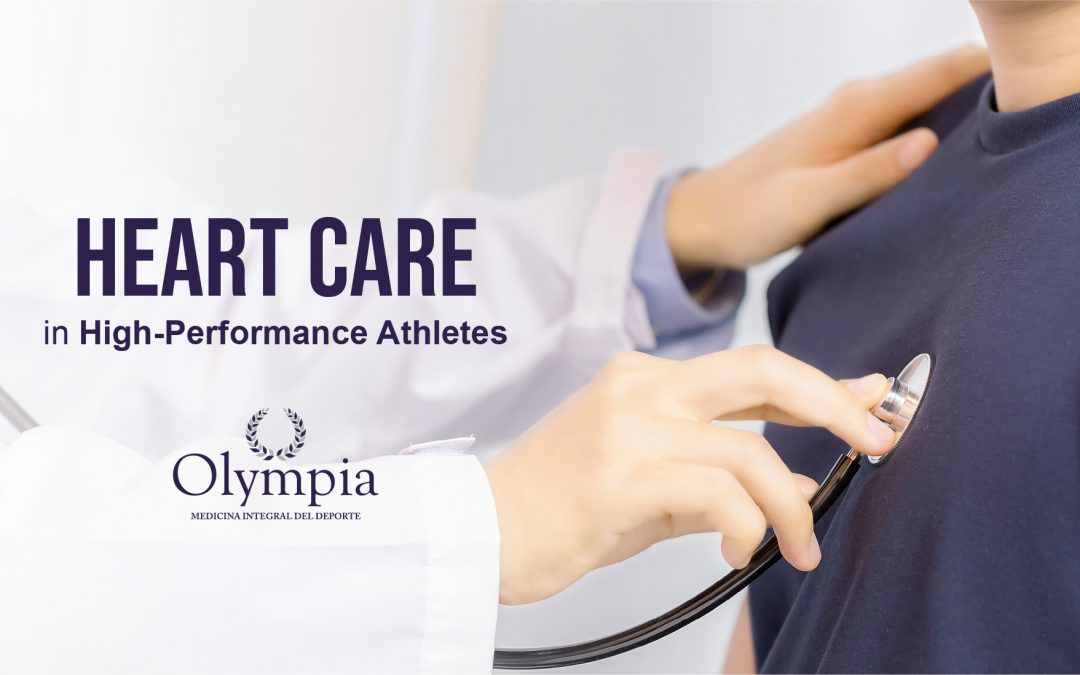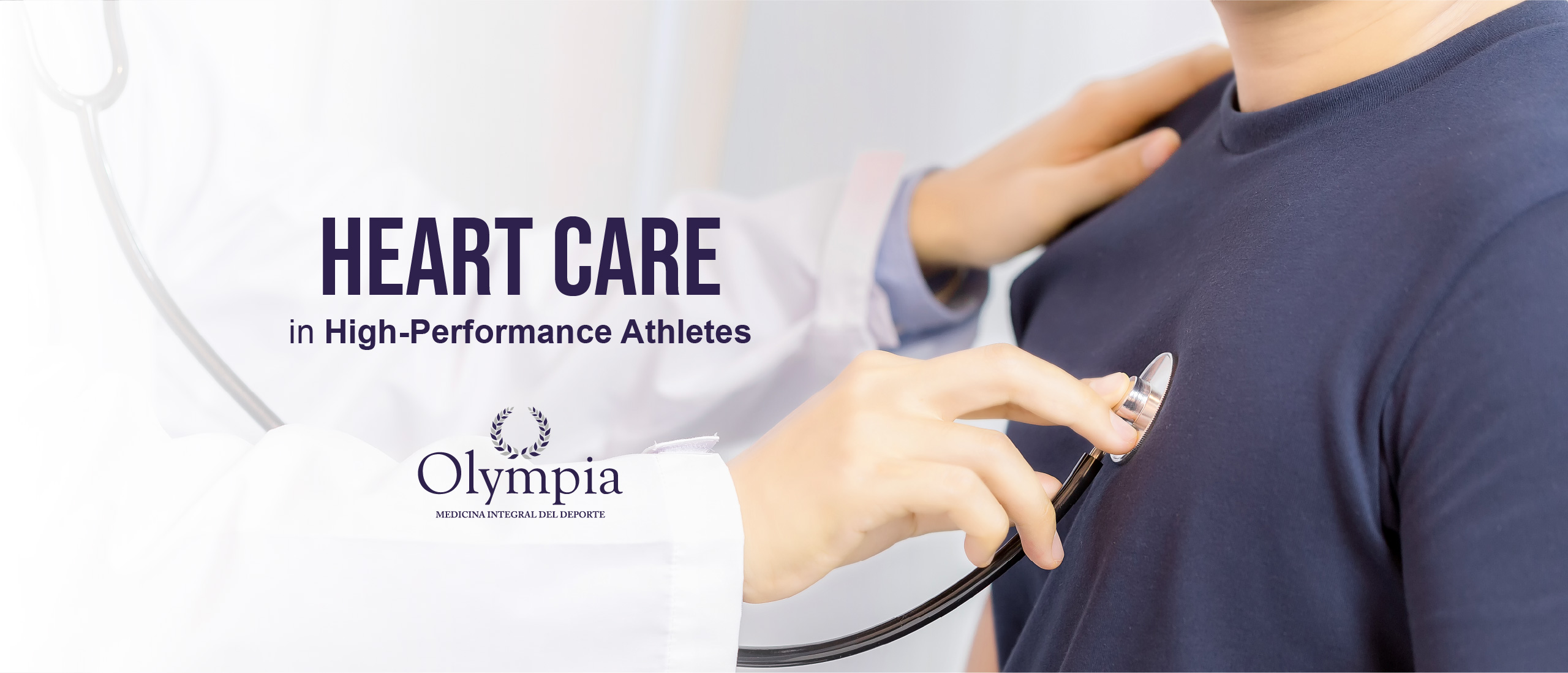
Red blood cells and exercise

Exercise has been shown to provide several health benefits and is essential for maintaining a proper physical condition. It affects the body physiologically, including red blood cells, which are our cells in charge of transporting oxygen to body tissues and exchanging it for carbon dioxide. These cells undergo changes during physical activity that attribute to cardiovascular fitness.
Red blood cells, also called erythrocytes, contain the protein hemoglobin (responsible for the red color of blood), which binds to oxygen in the lungs to form oxyhemoglobin and subsequently releases this oxygen to the tissues. Given the greater demand for oxygen that is created during exercise, these cells have a greater adaptation change to meet the new needs.
Exercise stimulates the release of erythropoietin, a hormone produced mainly by the kidneys, which triggers the production of more red blood cells in the bone marrow (soft tissue inside the bones). This is known as erythropoiesis and it’s important since there is an increase in the erythrocyte count, there is also an increase in the oxygen-carrying capacity of the body. This adaptation allows a better supply of oxygen to the muscles and vital organs, this facilitates better physical performance, greater resistance, and reduced fatigue during exercise.
At the same time, physical activity causes vasodilation, this widening of the blood vessels decreases vascular resistance and increases blood flow to the tissues, ensuring that red blood cells with oxygen reach various tissues quickly and effectively. Furthermore, exercise strengthens the heart muscle, causing an increase in stroke volume, that is, the amount of blood pumped per heart beat, which gives it a greater capacity to distribute blood throughout the body.
Red blood cells’ adaptability to exercise improves cardiovascular function and oxygen delivery. Therefore, it is advisable to incorporate physical activity into our routine to optimize the function of our erythrocytes, since these changes not only favor physical performance, but also benefit health and vitality in general.




